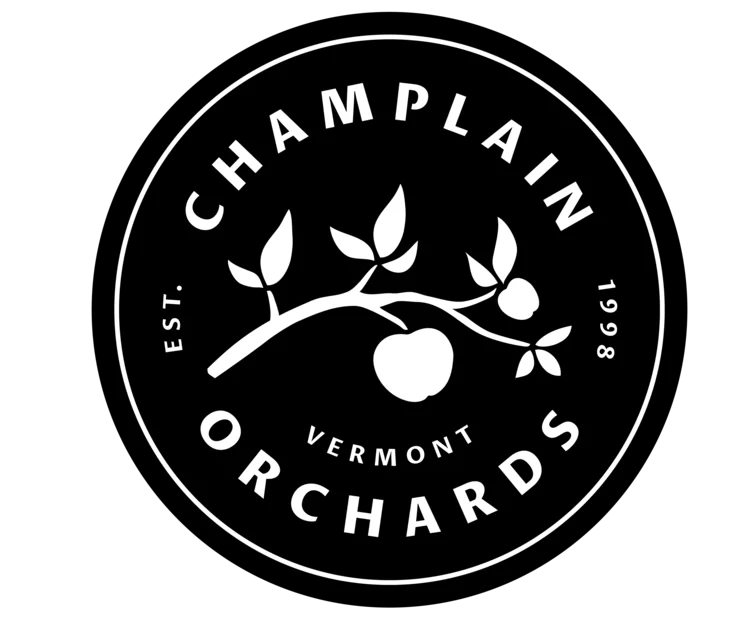
Making hard cider at home is both a fun and rewarding process. Whether you're a seasoned cider enthusiast or a beginner, this guide will take you through every step. Discover how to turn fresh apples into delicious cider you can proudly share. Let’s dive into the best apples for hard cider and get started!
Selecting the Best Apples for Hard Cider
Choosing the suitable apples is crucial. The best apples for complex cider balance sweetness, acidity, and tannin. Some popular choices include:
- Granny Smith: Tart and tangy, great for adding acidity.
- Honeycrisp: Sweet and juicy, perfect for balancing flavors.
- Golden Russet: Rich in tannins, providing complexity.
- Yarlington Mill: Traditional cider apple known for its robust flavor.
You can use a mix of these apples to achieve a well-rounded flavor.
Harvesting and Preparing Your Apples
Harvesting
The first step is picking your apples. Fresh, ripe apples produce the best cider. You can pick them up from your orchard or buy them from a local farm.
Cleaning
Once you have your apples, wash them thoroughly. Remove any dirt, leaves, or stems. This ensures a clean fermentation process.
Crushing and Pressing
Crushing the apples is next. You can use a manual or electric crusher. The goal is to break down the apples into a pulp. After crushing, press the pulp to extract the juice. A cider press works best, but can use a juicer if needed.
Fermentation: Turning Juice into Cider
Sanitizing Equipment
Sanitize all your equipment before fermentation. This prevents unwanted bacteria from spoiling your cider. Use a food-grade sanitizer for best results.
Adding Yeast
Pour the apple juice into a fermentation vessel. Add cider yeast to start the fermentation process. Various yeasts are available, but champagne yeast is famous for a clean, dry finish.
Fermentation Process
Seal the fermentation vessel with an airlock. Place it in a cool, dark place. Fermentation can take anywhere from one week to several months. During this time, yeast converts sugars into alcohol.
Monitoring
Check the fermentation progress regularly. Use a hydrometer to measure the sugar levels. When the reading is stable for a few days, fermentation is complete.
Aging and Bottling
Racking
After fermentation, transfer the cider to another vessel. This process, known as racking, helps clarify the cider by leaving sediment behind.
Aging
Let the cider age for a few weeks to several months. Aging enhances the flavor. Keep the cider in a cool, dark place during this time.
Bottling
Sanitize your bottles and caps. Fill each bottle, leaving some space at the top, and cap the bottles tightly. If you prefer carbonated cider, add a small amount of sugar before bottling to restart fermentation in the bottle.
Enjoying Your Hard Cider
Tasting
After bottling, let the cider sit for at least two weeks. This allows the flavors to mature. Chill a bottle and pour yourself a glass. Enjoy the fruits of your labor!
Pairing
Complex cider pairs well with a variety of foods. Try it with cheese, grilled meats, or desserts. It’s a versatile drink that complements many dishes.
Tips and Tricks
Experiment with Flavors
Don’t be afraid to experiment. Add spices like cinnamon or cloves during fermentation for a unique twist. You can also blend different apple varieties to find your perfect mix.
Storage
Store your cider in a cool, dark place. Proper storage ensures that your cider stays fresh and flavorful for months.
Troubleshooting
If your cider tastes off, it might be due to contamination or incorrect fermentation conditions. Always sanitize equipment and monitor fermentation closely.
Conclusion
Making hard cider at home is an enjoyable and fulfilling experience. With suitable apples and careful attention to detail, you can create a beverage that rivals any commercial brand. Champlain Orchards offers a great selection of cider apples, making it easy to start. So, gather your supplies and start crafting your perfect hard cider today!
We’d love to hear about your cider-making experiences. Share your tips, comment below, and tell us your favorite apple varieties. Don’t forget to share this guide with fellow cider enthusiasts.
For more information on sourcing the best apples for hard cider, visit Champlain Orchards. Happy cider-making!















